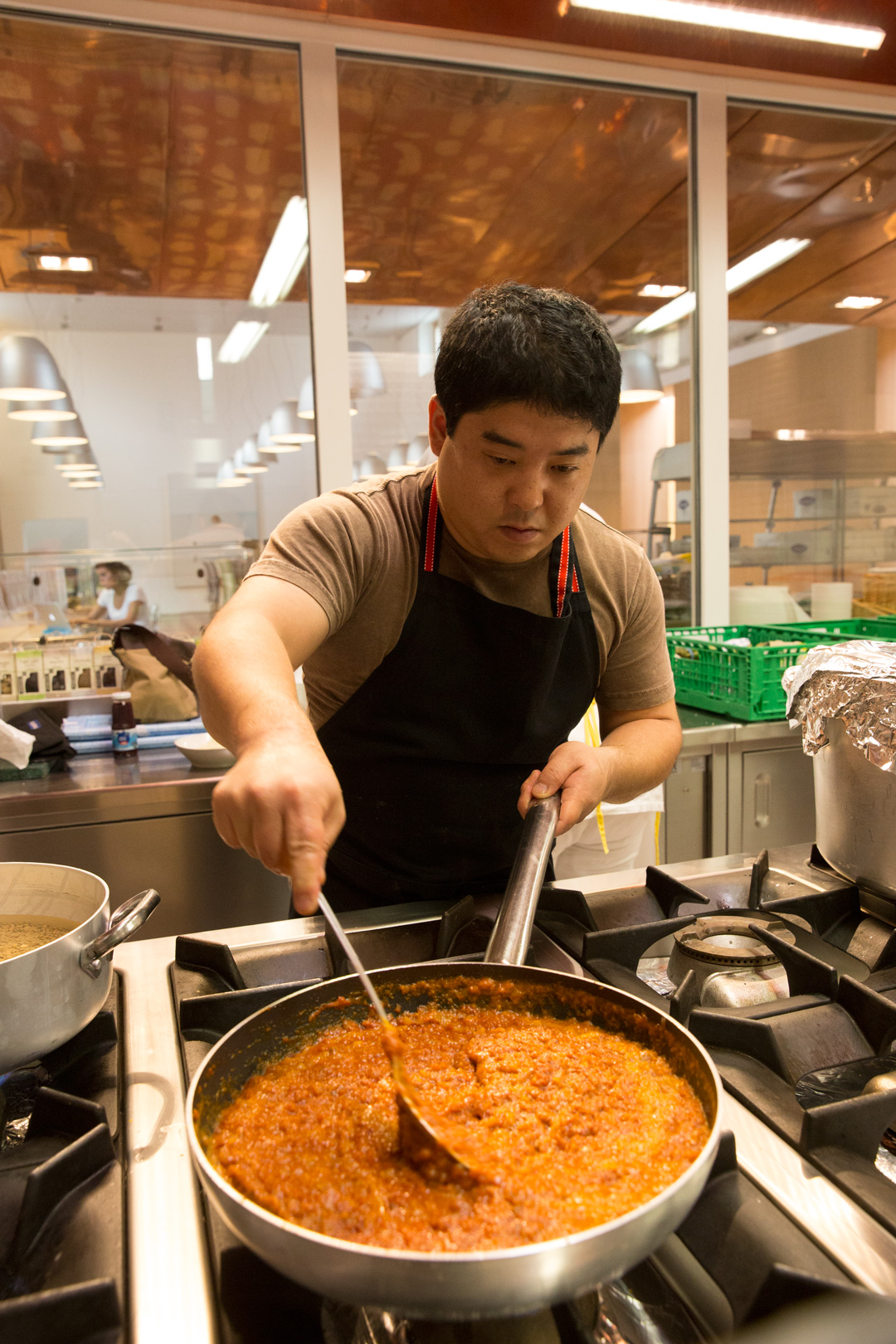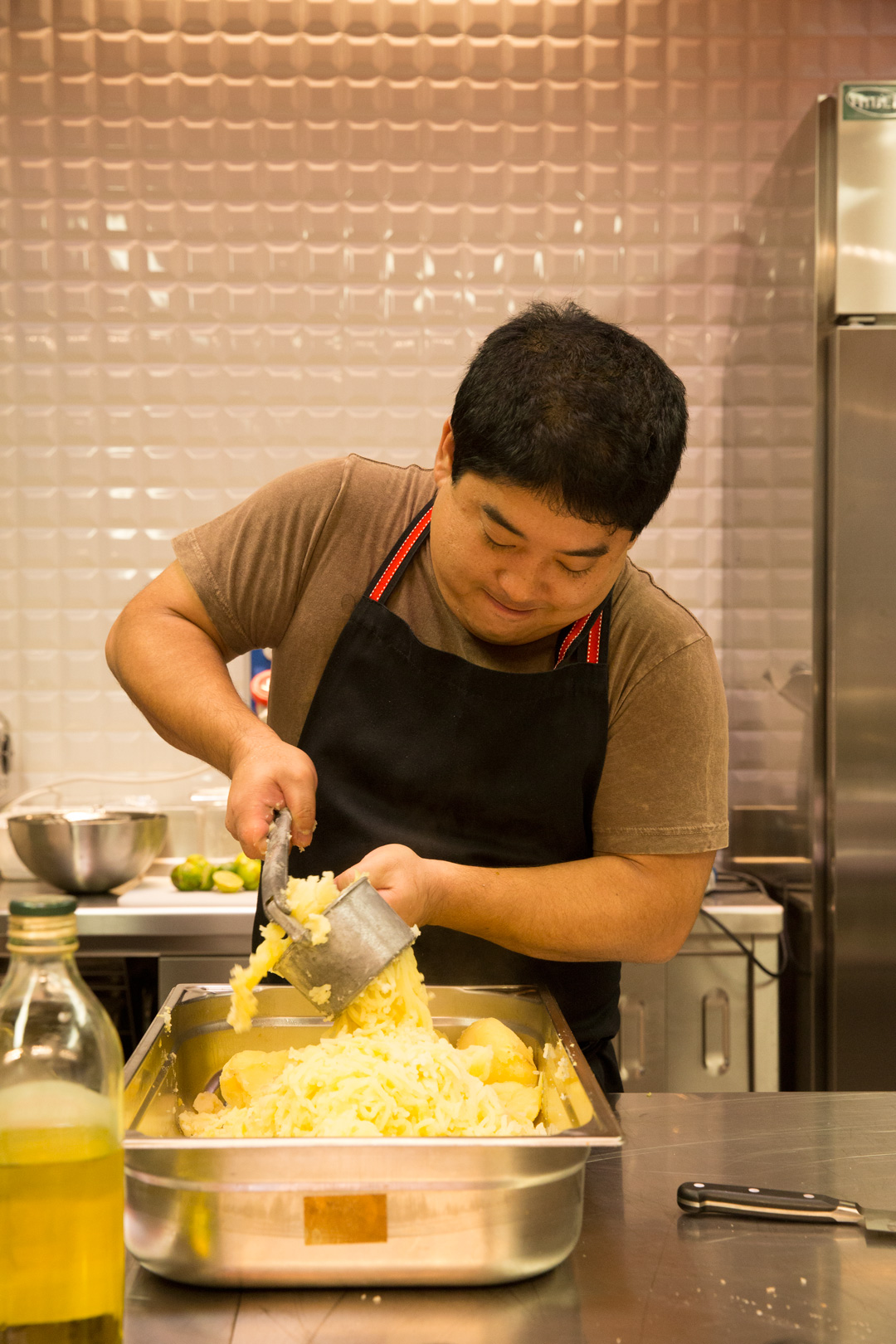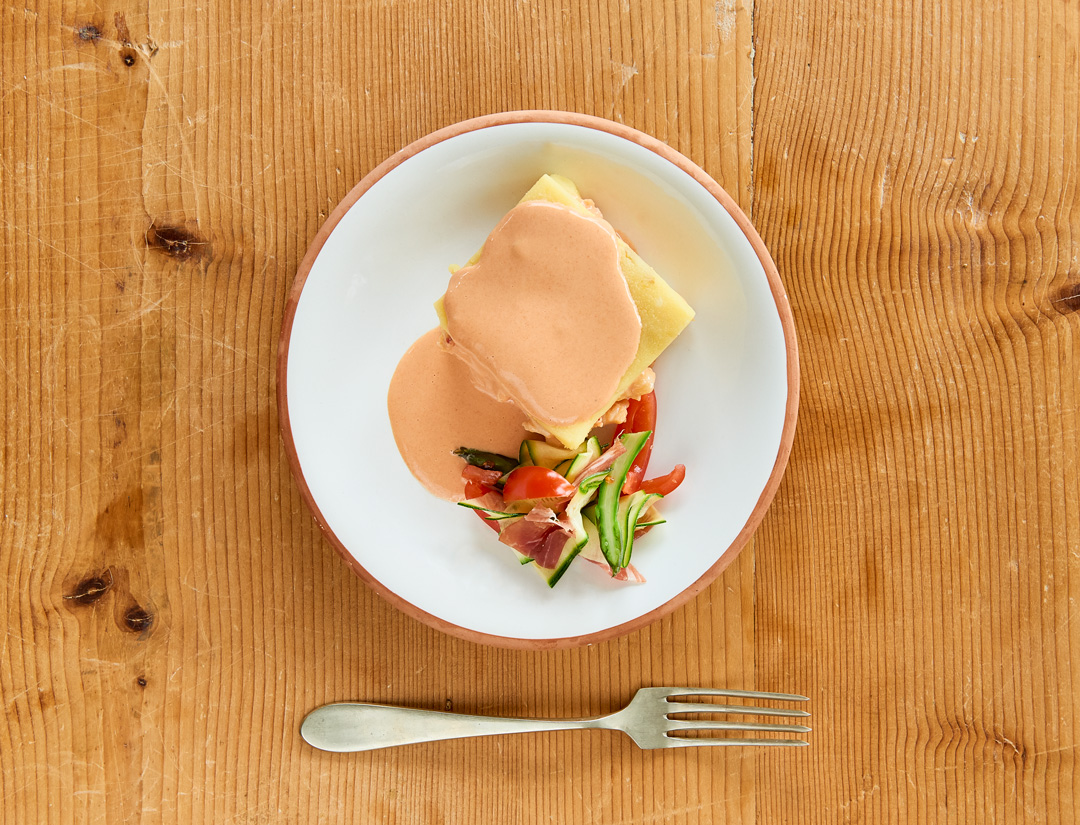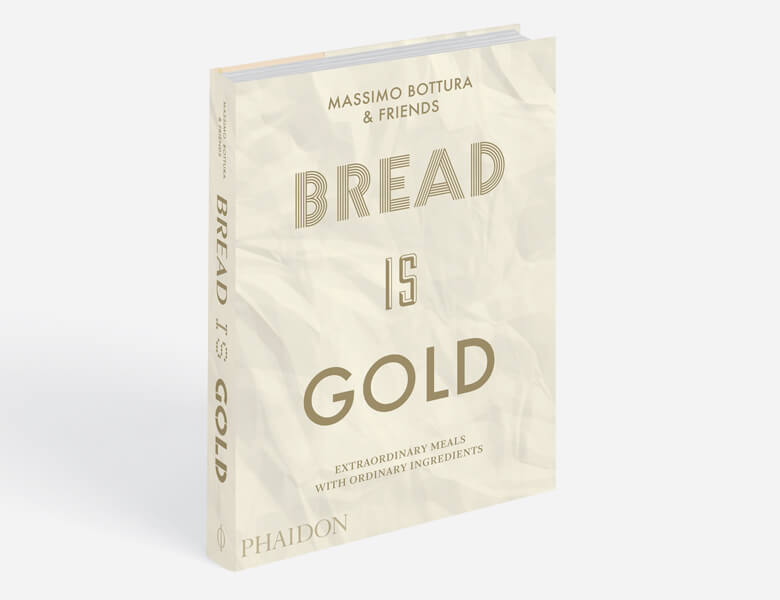
Massimo Bottura and Tsumura Mitsuharu's kitchen alchemy
Trash-bound ingredients take on a whole new life in the Skinny Italian chef's Bread is Gold book
When diners at Massimo Bottura’s Refettorio Ambrosiano were introduced to the cooking of Mitsuharu Tsumura, not only had they never heard of the chef but they were also unaware of the existence of the cuisine he presented to them: Nikkei, a blend of Japanese and South American influences. Bottura himself had never heard of Nikkei either until he ate at Tsumura’s restaurant in Lima, Peru in 2009. So impressed was he at the way basic, humble flavours such as soy and lime leapt out at him from the dish that he made a point of inviting Tsumura to his own establishment to make what he could of the available ingredients.

Nikkei is a cuisine built on the art of making do; it was first born in the late 19th century when migrant Japanese workers arrived and settled in Peru, prepared versions of their own country’s cuisine using local Peruvian ingredients and developed from there. A perfect fit, then, for Refettorio Ambrosiano, where, under Massimo's guidance, great chefs turn trash-bound ingredients into great food for Milan’s poor.
Tsumura did not disappoint. Using ingredients fortuitously left behind by a previous chef, fellow Peruvian Gastón Acurio, Tsumura left nothing behind himself, using soy sauce, oyster sauce, sesame oil, and rice vinegar to unique effect and topping off the meal with a lime ice cream that was truly sublime.

You can find the recipe for his main creation, Causa Limena – a Peruvian layered potato dish – served with a bell pepper mayonnaise, in Massimo’s new book, Bread is Gold, as well as much more besides.

Check back soon for further tales of gastronomic alchemy courtesy of Massimo and his fellow world-famous chefs; and to recreate the recipes and learn more about the ideas behind the Refettorio order a copy of Bread is Gold here.